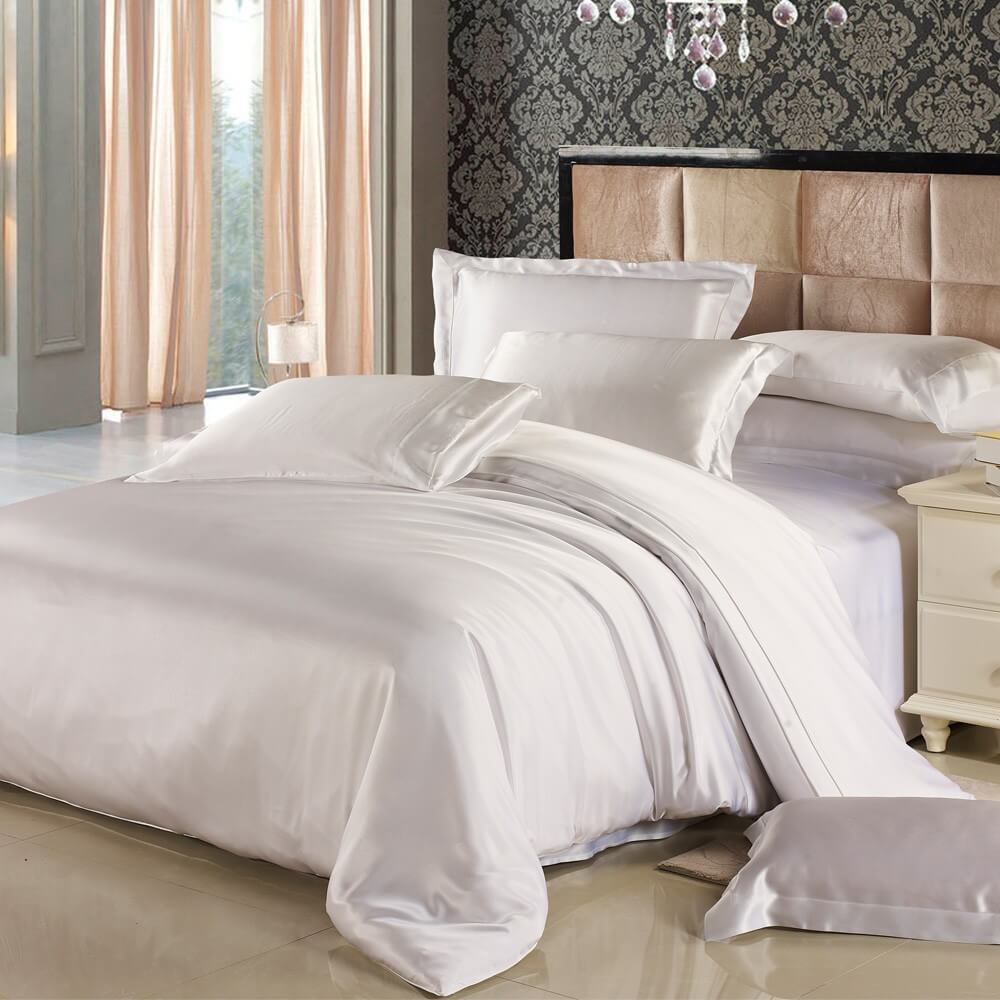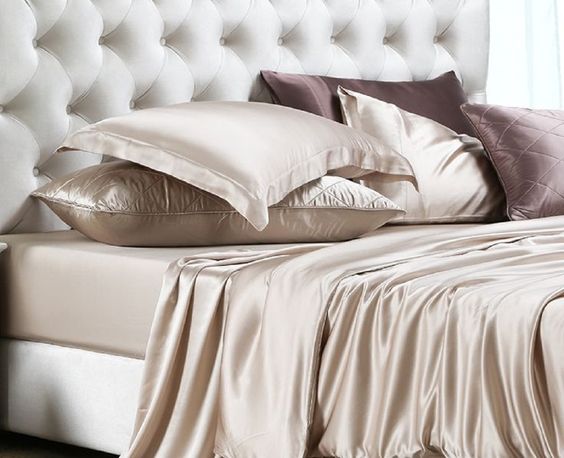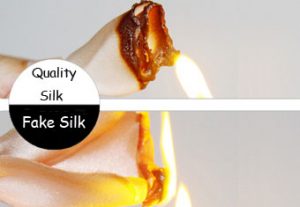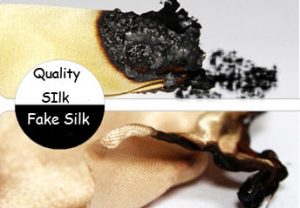The STANDARD 100 by OEKO-TEX® is a worldwide consistent, independent testing and certification system for raw, semi-finished, and finished textile products at all processing levels, as well as accessory materials used. Examples of articles that can be certified: raw and dyed/finished yarns, woven and knitted fabrics, accessories, such as buttons, zip fasteners, sewing threads or labels, ready-made articles of various types.

The Oeko-Tex® Standard 100 was developed by European textile institutes who were committed to finding a way to reduce our environmental footprint. The Oeko-Tex® Standard 100 is a global testing and accreditation program that successfully sets the standards for the screening of harmful substances in consumer textiles. Textiles can only be certified if all components meet the requirements submitted.
All Mulberry Park Silks products are Oeko-Tex® Standard 100 certified and have been tested and guaranteed to be free of all harmful substances, including toxins and irritants, ensuring that the silk products that you bring into your home are safe, natural and healthy.
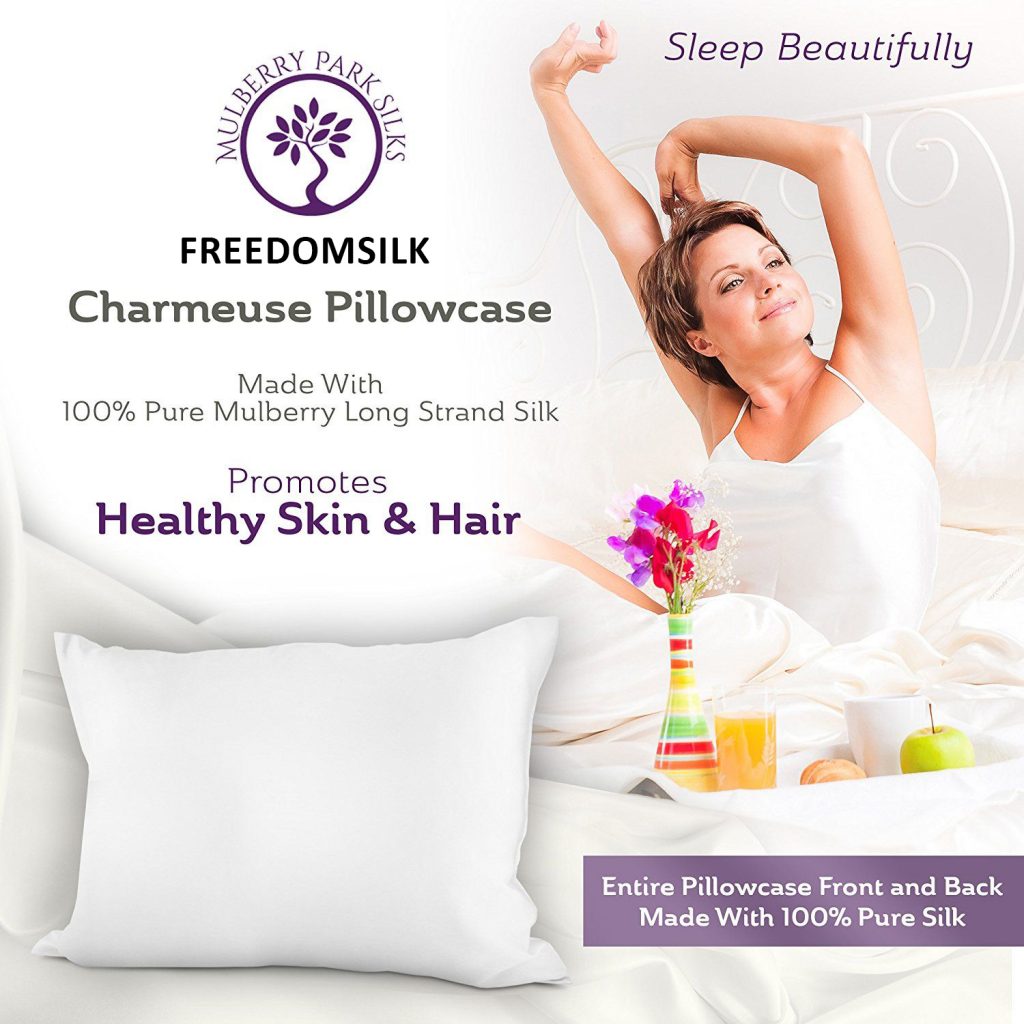
Now, FREEDOMSILK is proud to inform our customers that all our silk bedding fabrics are certified by Oeko-Tex, completely chemical-free, no harmful substance added before and during the process of manufacture. Please feel assured to choose and purchase, in addition, if you still have doubts about the authenticity of our silk, get free swatches from us, burn it.
The OEKO-TEX® Standard 100 was introduced at the beginning of the 1990s in response to the demand of the general public for textiles which are harmless to health. Poison in textiles and other negative headlines were widespread at this time and indiscriminately branded all chemicals used in textile manufacturing as negative and dangerous to health.
